Leaders of the Lion: Notable Chiefs of Clan MacDonald
by Teresa Finn on May 28, 2024
Table of Content
I. Introduction
The wind whips across the rugged landscapes of the Scottish Highlands, carrying whispers of history etched in stone and legend. Amongst the ancient clans, none stand taller than Clan MacDonald, their name synonymous with strength, resilience, and a legacy woven into the very fabric of Scotland.
For centuries, the Chiefs of Clan MacDonald have been the heart and soul of their people. They guided them through turbulent times, shaped their destiny, and left an indelible mark on the land they called home. The story of Clan MacDonald, as told through the lives of its chiefs, is a captivating tapestry of power, ambition, and unwavering loyalty. From their humble beginnings, they become one of Scotland's most influential clans, shaping the political landscape and leaving a legacy that continues to resonate today. We delve into these remarkable figures' lives and contributions to Clan MacDonald's growth and influence throughout the centuries.
II. Early Foundations: The Rise of Clan MacDonald
The origins of Clan MacDonald can be traced back to the misty mists and ancient lore of the Hebrides. The clan's early history is shrouded in myth and legend, making determining exact dates and events complex. However, historians believe that the MacDonalds descended from Somerled, a 12th-century Norse-Gaelic warlord who established himself as the King of the Isles.
Founding of Clan MacDonald
Notable Chiefs from this Era
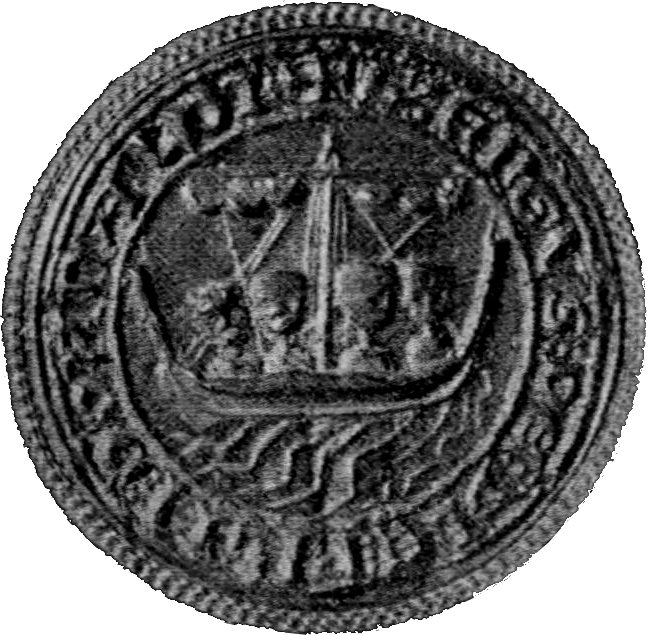
Among the notable chiefs of Clan MacDonald during its early years was Angus Mor, also known as Aonghas Mór. He was a warrior and statesman crucial in securing the clan's dominance in the Hebrides. Another prominent figure was Angus Og, who unified the MacDonald branches and established a more centralized leadership structure within the clan.

Struggles for Power
As Clan MacDonald grew, they faced fierce competition from other regional clans. The MacLeods of Lewis and the MacDougalls were among their most significant rivals, and conflict between these clans often erupted into violence. However, under the leadership of chiefs like Aonghas Mór and Angus Og, Clan MacDonald defended their territories and maintained their power.
III. Somerled: Uniting the Clans and Establishing Dominance
One of the most pivotal figures in Clan MacDonald's history is Somerled mac Gillebride. Born in the mid-12th century, Somerled rose to power in the fragmented Hebridean society. He was a skilled warrior and strategist who united various Scottish clans and established Clan MacDonald's regional dominance.
Uniting the Clans
Somerled's rise to power began when he married Ragnhild, the daughter of Olaf I Godredsson, the King of Mann and the Isles. This marriage gave him a legitimate claim to the Kingdom of the Isles, which he used to assert his authority over the Hebrides. He also formed strategic alliances with other powerful clans, including the MacDougalls and the MacRorys, to strengthen his position.
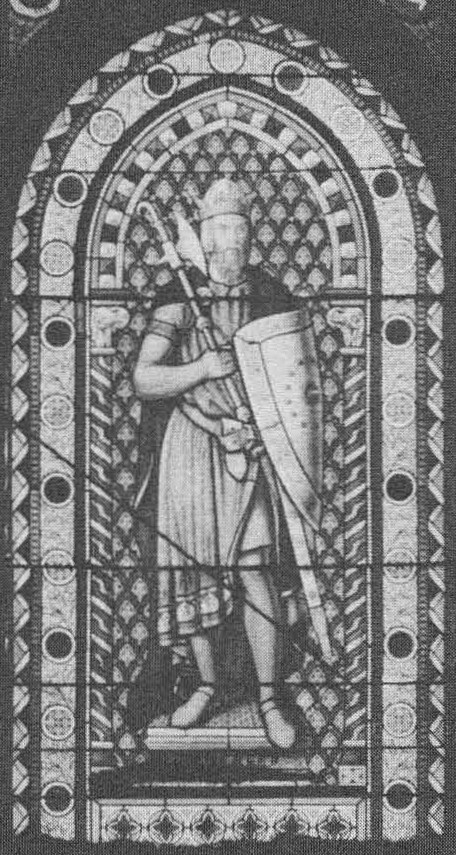
Military Victories and Territorial Acquisitions
Somerled's military prowess was evident in his numerous successful campaigns, including the Battle of Renfrew in 1164, where he defeated the Scottish king Malcolm IV. This victory allowed him to expand his territories, gaining control of the Isle of Man and parts of Argyll.
Lasting Impact on Clan MacDonald
Somerled's legacy continues to resonate within Clan MacDonald and beyond. His descendants became known as the Lords of the Isles, who ruled over the Hebrides for centuries. Many Scots also consider him a national hero, with statues and monuments dedicated to him throughout Scotland.
IV. Donald of Islay: Expansion and Influence Amidst Turmoil
After Somerled's death, his son, Donald of Islay, took over as chief of Clan MacDonald. He continued his father's legacy, expanding the clan's territories and influence during a tumultuous period in Scottish history.
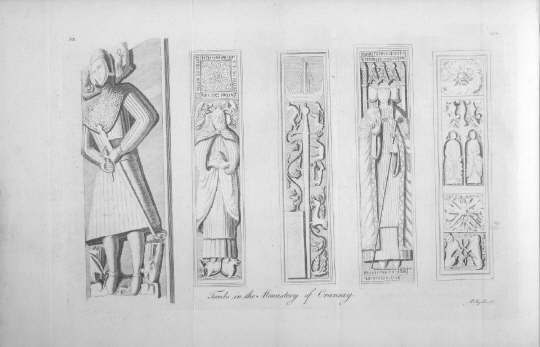
Expanding the Clan's Influence
Maintaining Power Amidst Turmoil
Contributions to Cultural and Social Development
Besides his military and political achievements, Donald of Islay contributed to Clan MacDonald's cultural and social development. He encouraged the spread of Christianity within the clan and supported the construction of churches and monasteries. He also fostered a sense of unity and identity among the MacDonald people, creating a solid foundation for future generations.
V. Alexander Og MacDonald: A Charismatic Chief Solidifying Dominance
Alexander Og MacDonald, also known as Alasdair "Crotach" mac Raghnaill, succeeded his father, Donald of Islay, as chief of Clan MacDonald in the early 14th century. He was a charismatic and influential leader who further solidified the clan's dominance in the Hebrides.
Military Campaigns and Strategic Alliances
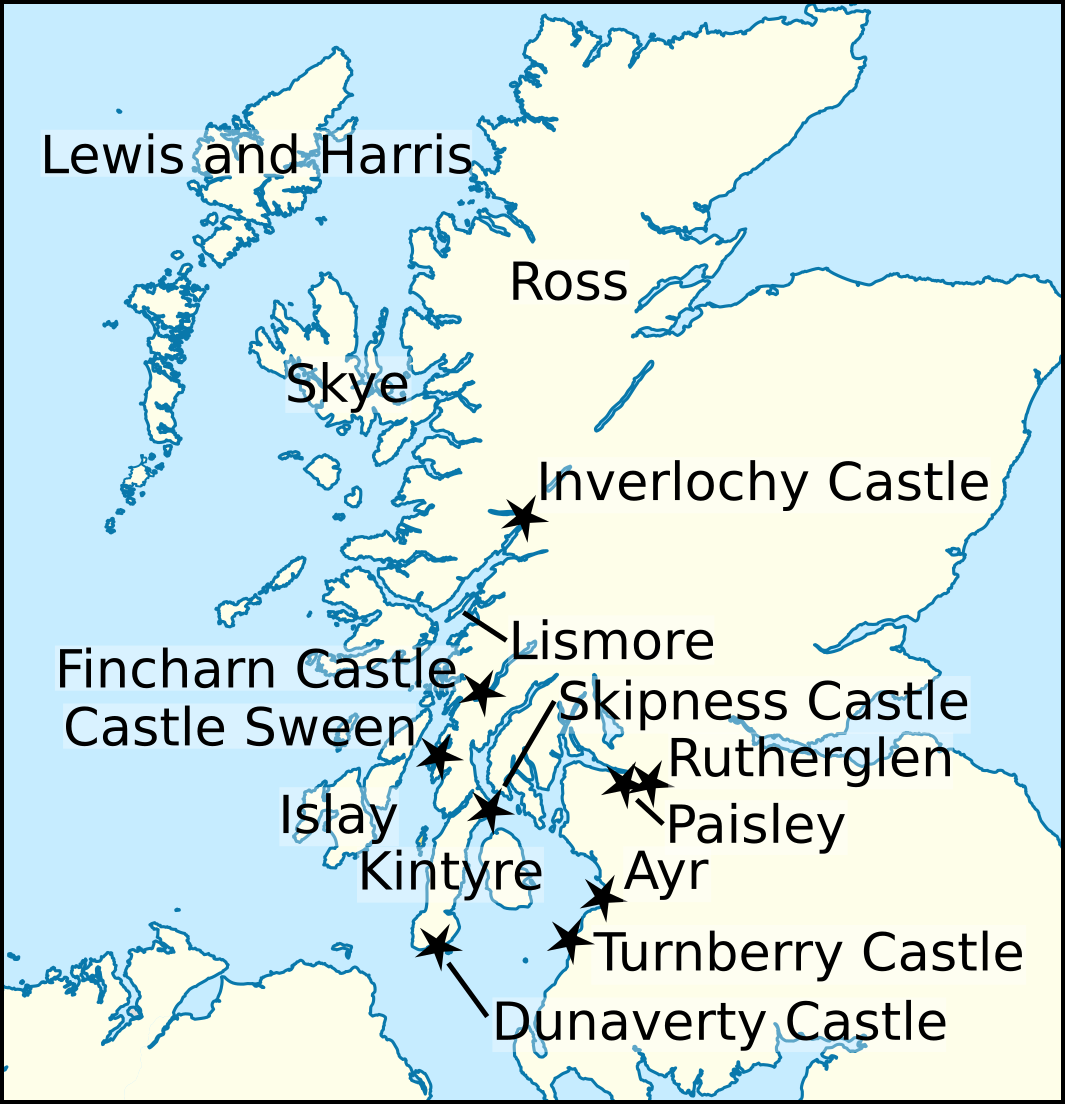
Contributions to Political and Economic Standing
Solidifying Dominance in the Hebrides
Alexander Og is credited with establishing the MacDonalds as the dominant power in the Hebrides. His charisma, military prowess, and strategic alliances made him a formidable leader, earning him the nickname "Crotach," meaning "humpbacked" in Gaelic. His rule set the stage for Clan MacDonald's continued dominance in the region for centuries to.
VI. Aonghas Mór: Laying the Foundation for Clan MacDonald's Power
Aonghas Mór (also known as Angus Mor) was the grandson of Alexander Og MacDonald and a legendary figure in Clan MacDonald's history. During his reign as chief, he laid the foundation for the clan's power and secured its position as one of the most influential clans in Scotland.
Establishing Dominance and Securing Territories
Aonghas Mór continued his father's legacy, expanding Clan MacDonald's influence through military campaigns and alliances. He also secured the clan's territories, gaining control of the islands of Lewis, Harris, and Uist. Under his rule, Clan MacDonald became the most dominant force in the Hebrides.
Contributions to Cultural Identity and Traditions
Achievements Setting the Stage for Future Chiefs
Aonghas Mór's achievements set the stage for future generations of chiefs to continue building on Clan MacDonald's power and influence. His rule marked a significant turning point in the clan's history, solidifying their dominance in the Hebrides and shaping their legacy for centuries.
VII. The Lords of the Isles: Rise and Fall
The 15th and 16th centuries saw Clan MacDonald reach the pinnacle of their power under the Lords of the Isles, who ruled the Hebrides as semi-independent sovereigns. The Lordship's establishment marked this era, and internal conflicts ultimately led to its downfall and a lasting impact on Clan MacDonald's identity.
Establishment and Significance
Key Figures and Their Impact
- John of Islay (Good John of Islay): He expanded the Lordship's territories and secured its power through strategic alliances and military campaigns.
Donald Balloch: He briefly held the Lordship title before facing removal by James III of Scotland.
Internal Conflicts and Decline
Impact on Clan MacDonald
The decline of the Lordship of the Isles marked a significant turning point for Clan MacDonald. It signified the end of an era of semi-independent rule and ushered in a new chapter in their history. However, the legacy of the Lords of the Isles continued to resonate within Clan MacDonald, shaping their identity and traditions.
VIII. 16th and 17th Century Chiefs: Modernization and Maritime Dominance
The 16th and 17th centuries saw Clan MacDonald adapting to changing times and modernizing their approach to leadership. This era also saw the rise of prominent chiefs who played a crucial role in expanding Clan MacDonald's maritime dominance and securing their place in Scottish society.
Donald Gorm MacDonald: Establishing Maritime Dominance
Donald Gorm MacDonald, also known as Black Donald of the Isles, became chief of Clan MacDonald in the late 15th or early 16th century (around 1490-1544). He is credited with establishing the clan's maritime dominance, using his mighty naval fleet to control the waters around the Hebrides. His success in securing the seas further solidified Clan MacDonald's power and influence.
Political Alliances and Strategic Conflicts
Sir James MacDonald: Modernizing the Clan
Sir James MacDonald, also known as Seumas Reachach, became chief of Clan MacDonald in the late 16th century. He is credited with modernizing the clan's approach to leadership and introducing new industries like fishing and mining to boost the clan's economy. He also played a crucial role in maintaining peace within the clan and strengthening its unity.
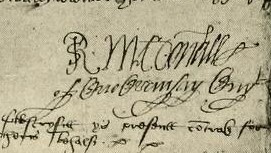
Notable Conflicts and Contributions
IX. The Jacobite Risings: Clan MacDonald's Unwavering Support
Involvement in the Jacobite Rebellions
Their loyalty to the Stuart monarchs primarily drove Clan MacDonald's involvement in the Jacobite risings. Chiefs like Alasdair Mac Colla and Alexander MacDonald of Berneray led their clan members into battle against the British government forces supporting the Jacobite cause. The MacDonalds fought bravely in critical battles, such as the Battle of Culloden in 1746, where they suffered heavy losses alongside other Jacobite supporters.

Impact on Clan MacDonald
Legacy of Loyalty and Sacrifice
X. Revival and Resilience: Clan MacDonald in the Modern Era
Response to the Highland Clearances
Emigration and Diaspora
Modern Challenges and Adaptations
Contemporary Contributions and Recognition
Clan MacDonald continues to significantly contribute to Scottish society and culture in the modern era. Many MacDonalds have excelled in various fields, including politics, academia, business, and the arts, showcasing the clan's talent and diversity. As prominent figures within the clan, the MacDonald chiefs play a vital role in promoting Clan MacDonald's heritage and values to a global audience.
Explore the timeless traditions of MacDonald Clan through our collection of tartan products on our website. And bring a piece of the clan's history into your present. 🏴
XI. Conclusion
Clan MacDonald has weathered numerous challenges and triumphs, shaping Scottish history and culture throughout its long and storied history. From its legendary founder Somerled to the powerful Lords of the Isles, from the maritime dominance of Black Donald to the unwavering support during the Jacobite risings, Clan MacDonald's legacy is one of resilience, loyalty, and cultural richness.
As one of Scotland's oldest and most renowned clans, Clan MacDonald continues to uphold its traditions and values in the modern era, embracing its heritage while adapting to contemporary realities. As custodians of the clan's legacy, the MacDonald chiefs play a crucial role in preserving and promoting the unique identity of Clan MacDonald for future generations.
In a rapidly changing world, Clan MacDonald stands as a testament to the enduring strength of Scottish clans and the importance of heritage and community. As MacDonalds worldwide gather to celebrate their shared history and traditions, the spirit of Clan MacDonald lives on, embodying the resilience and pride of a people who have stood the test of time.
Frequently Asked Questions
Who was MacDonald Scottish royalty?
Clan Donald – or Clan MacDonald – hails from the western Highlands and Islands of Scotland, hence the clan leader's title of Lord of the Isles. They rules over the western islands and west coast of the country, with the clan seat at Loch Finlaggan on Islay – often called the Cradle of Clan Donald.
What is the largest clan in Scotland?
Clan Donald is still the largest clan in Scotland and the descendants of thousands of MacDonalds who emigrated also make it the largest in the world.
Who is the chief of Clan McDonald's?
Chief Godfrey James Macdonald
Who was Somerled?
Somerled was a 12th-century Norse-Gaelic warlord who is considered the founder of Clan MacDonald.
What is Donald of Islay known for?
Donald of Islay is known for expanding Clan MacDonald's territories and influence during a turbulent period in Scottish history.












